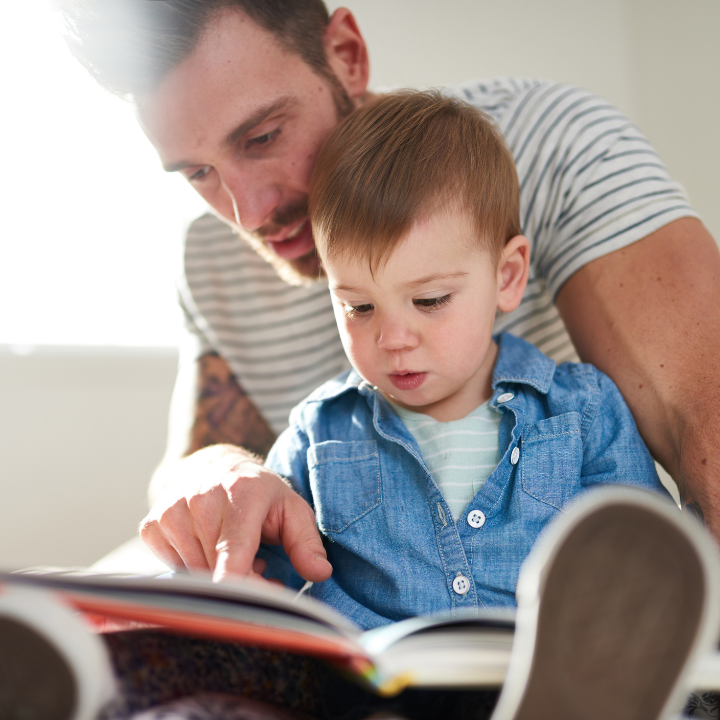Receiving an autism diagnosis for your child can be both a relief and overwhelming, but the important thing to remember is that you can count on support in so many ways to help you on this journey.
Asking for as much information on autism spectrum disorder (ASD) is a great place to start. Do some reading, ask questions, and consult with the multi-disciplinary team that helped with your child’s diagnosis.
If you’re feeling a little overwhelmed, take some time to digest the news and make appointments to talk with your team at a later date. You don’t have to know everything all at once, and you definitely don’t need to have all the answers.
At this point, feeling confused, grief, loss and uncertainty is but natural. You and your family are experiencing major changes, and all your feelings are valid. Talk to someone about them, don’t keep them to yourself.
What to do (and not to do) after receiving an autism diagnosis
One in 100 Australians are autistic, which means there’s a lot of support and guidance for parents to tap into. If your child has received an autism diagnosis:
- Don’t isolate yourself, talk to someone. This could be a psychologist, a friend, family member or another parent of a child with autism.
- Book a support worker through Mable to help you take some time out and plan next steps. Find out what kind of autism support you can find through the platform.
- Look into parent support groups in your area, it can be reassuring and helpful to meet people on a similar parenting journey.
- Tap into carer support so you can take some time for yourself.
- Siblings of children with autism may also benefit from support from Siblings Australia.
- Talk to your paediatrician about next steps.
- Start your own support group. Amaze has information on how to do it.
- Don’t panic or feel guilty. This is easier said than done, but remind yourself that there’s nothing you could have done to prevent an autism diagnosis – but there’s a lot you can do to help now.
What to do (and not to do) after receiving an autism diagnosis
The National Disability Insurance Scheme (NDIS) provides support for Australians with an ASD diagnosis. As a matter of fact, autism spectrum disorder is the largest primary disability category for the NDIS.
However, funding depends on the level of severity, which means not everyone with ASD may get approved for funding.
Level 2 and level 3 severity (requiring substantial support or requiring very substantial support) are likely to qualify for funding. A person diagnosed with level 1 severity (requiring some support) may have to go through additional assessment to determine eligibility. Learn more about levels and signs of ASD.
Learn more about how eligibility is determined for the NDIS.
How Mable can help with autism support
Whether you are eligible for the NDIS as a child or an adult, you may be able to access support in a number of ways.
You can use your NDIS funding to book independent support workers through Mable, who are trained in autism support. If you’re not eligible, you can choose to pay privately for the disability support services you receive through Mable. You can even mix and match the two.
We hope this guide helps you decide the next steps you can take to find support for yourself and your loved ones.
FAQs
Is it worth getting an autism diagnosis for a child?
Early diagnosis is important because it allows for tailored early intervention support for your child. A diagnosis also gives clarity to your child’s future needs.
Can you grow out of an autism diagnosis?
No. Autism is a lifelong condition.
What should you avoid if your child has autism?
Every child with autism is different, and so are their sensory needs. Keeping an eye on how they react to taste, sound, touch and texture is always a good place to start. Here are some helpful tips to create a calming sensory environment.
